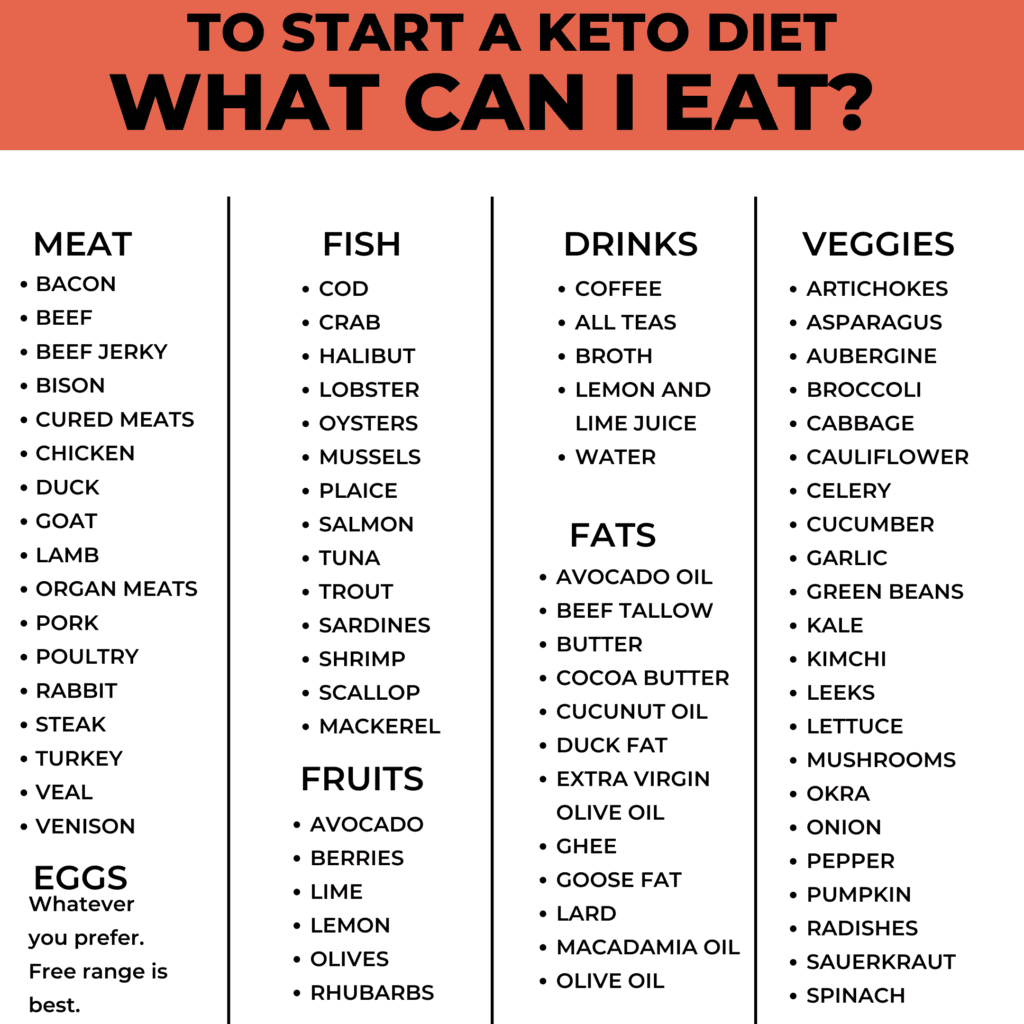Before answering to what are the rules of the keto diet, let’s start with the basics.
Basics of the Keto Diet – What is the Keto Diet?
The keto diet is a low carb, high-fat diet that has been shown to help people lose weight and improve their health. The keto diet is said to be restrictive diet and difficult to follow, I disagree with that. There are some simple rules that can help you stick to the diet and see results. But in the long run it’s a lifestyle change – read more here.
Eat more fat. This may seem counterintuitive, but on the keto diet, you want to eat more fat, not less. The keto diet is designed to put your body into a state of ketosis, where it is burning fat for energy, not carbohydrates. By eating more fat, you will be providing your body with the fuel it needs to stay in ketosis. If your calories intake is less than the consumption then you lose weight.
What are the Benefits of the Keto Diet?
The list of benefits is long but many just think of weight loss. My wife and I are on keto since almost 2 years with one goal: Limit and reduce our Covid weight gain.
We quickly realized that the weight loss was a side effect 🙂 After losing the 30lbs we wanted/needed to, we stuck with the diet in keto plateau mode with a 50g carbs limit per day.
The short list of benefits can be spelled as:
- Much better sleep (not kidding)
- Much better blood pressure level and stability – My wife stopped medication and monitoring
- Much better blood panel – my LDL/HDL ratio is excellent
- Much better blood glucose levels – I went from pre-diabetes with meds to no meds and normal status
- Much more energy – like… wow 🙂
- etc…
As I always say: “if you have any medical condition, DO NOT start any diet without talking to a medical doctor.”
What are the Risks of the Keto Diet?
The keto diet is a high-fat, low-carbohydrate diet that can help you lose weight. But there are some risks associated with the diet, and you should be aware of them before you start.
First, the keto diet is a restrictive diet, and it can be hard to stick to. If you cheat even once, you can knock yourself out of ketosis, and it can be hard to get back into it.
Second, the keto diet can be hard on your digestive system. Some people experience constipation, diarrhea, and nausea when they first start the diet.
Third, you may not get enough fiber on the keto diet. Fiber is important for keeping your digestive working well.
Bottom line, make sure to drink lots of water and eat low-carb veggies with lots of fiber, nuts and seeds are also great:
- Organic Black Chia Seed – 0g of net carbs and 48g of fiber for 1 cup
- Flaxseed – 3g of net carbs and 46g of fiber for 1 cup
- Avocado – 4g of net carbs and 16g of fiber for 1 cup of pureed avocado
- Asparagus – <1g of net carbs and 3g of fiber for 1 cup
What Should You Eat on the Keto Diet?
If you’re thinking about trying the keto diet, you might be wondering what exactly you should be eating.
After all, the whole point of the diet is to change the way your body gets energy, and that means cutting out some of the foods you’re used to eating.
Here’s a quick rundown of what you can and can’t eat on the keto diet.
Let’s talk about what you can eat:
The keto diet is high in fat, moderate in protein, and very low in carbs. That means you’ll be eating mostly meat, seafood, eggs, full-fat dairy, vegetables that grow above ground, nuts and seeds, healthy oils, and avocados.
Vegetarian and vegan dieters can also enjoy the benefits of the diet by eating the right plant based dishes – read more here
What Should You Avoid on the Keto Diet?
When you’re on the keto diet, there are a few things you’ll want to avoid.
Here are the main things to keep in mind:
- Sugars: You’ll want to avoid all forms of sugar, including honey, syrups, and fruit juices – this one is tough, sugar craving is a hard one to control.
- Grains: This includes things like bread, pasta, rice, and cereal. You can have some grain products that are “keto friendly” but generally speaking, you’ll want to limit your intake.
- Breads: One regular slice of common bread contains some 14g of carbs, on a 20g per day it’s a bit too much.
- Legumes: Some like beans, lentils, and peas are high in carbs and should be avoided. Others are good, yet still a bit high in net carbs.
- Processed food and prepared meals: They often contain too much carbs and sugar but they also contain nasty additives – justified but still bad for you:
- Sodium Nitrate – Used as a Preservative and color fixative
- Sodium Nitrite – Used as Pink coloring for meats
- Sulfites – Used as Preservative in dried veggies and fruits fruits
- Azodicarbonamide – Used as bleaching agent
- BHA/BHT – Used as Antioxidant used to preserve fats and oils
- etc. etc…
What are the Rules of the Keto Diet Takeaway
The keto diet can be a great way to lose weight, but it’s important to understand the risks and benefits before you start. There are also a few things you should know about the diet plan and recipes.


Leave a Reply